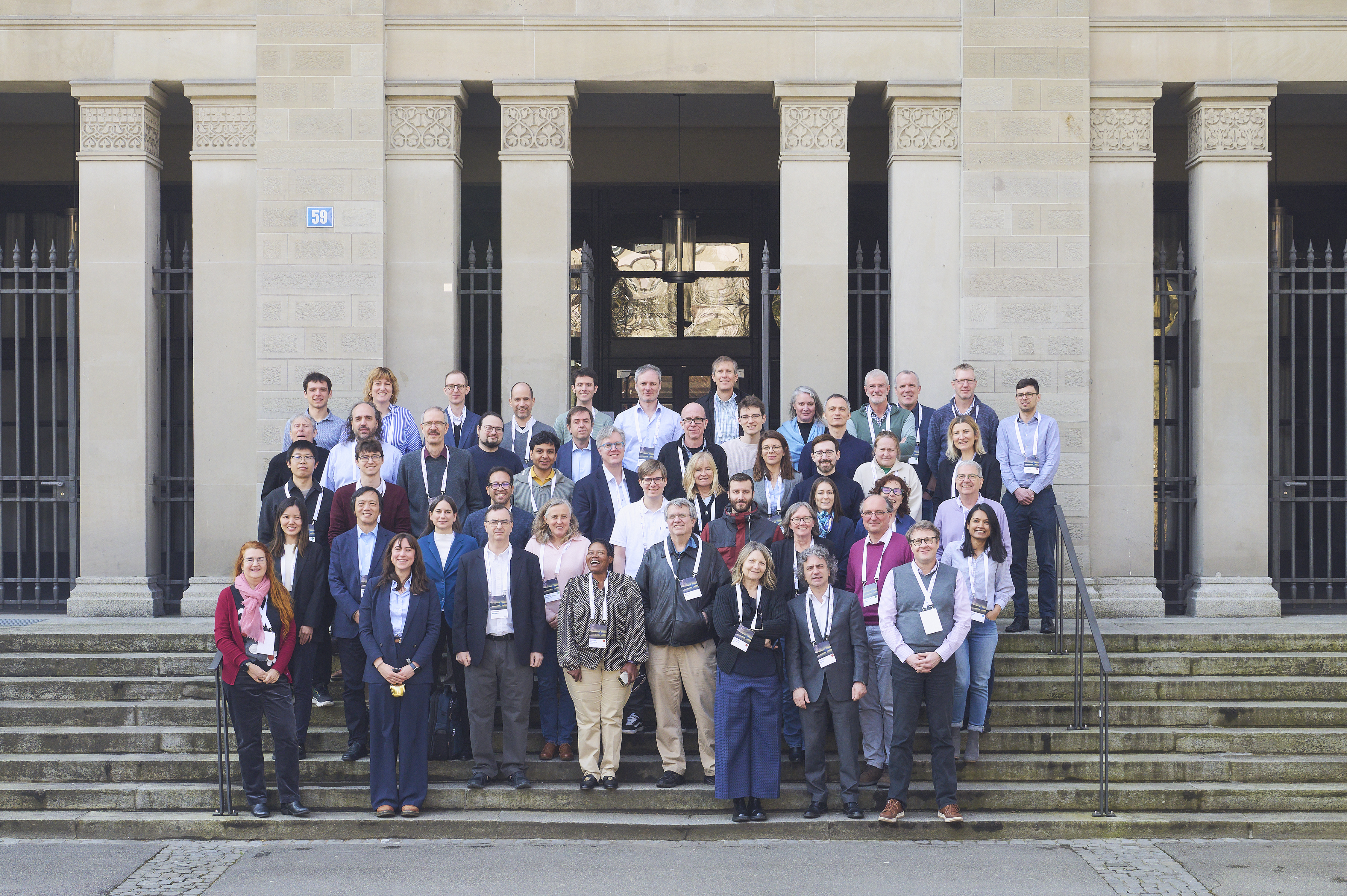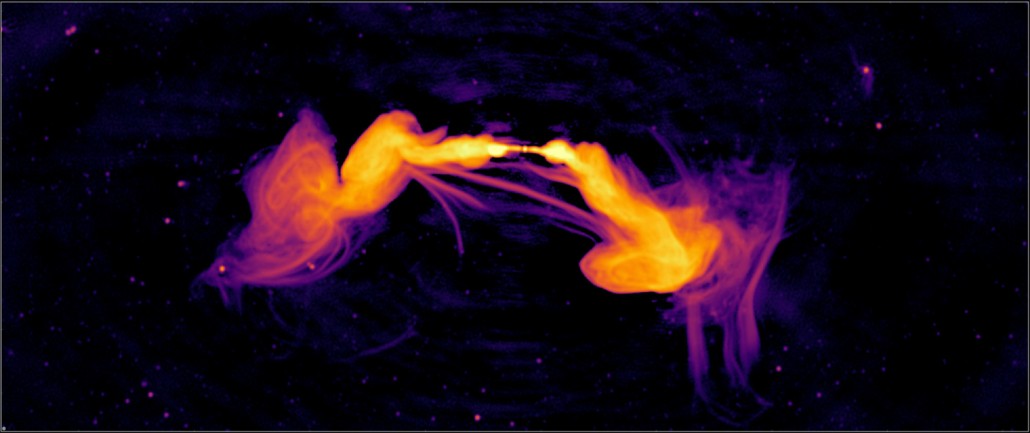March 17th science meeting at Zurich prior to Council
→
Europe/Zurich
RAA Building (Zurich, UZH University)
RAA Building
Zurich, UZH University
Raa-G-01, Rämistrasse 59, 8001 Zürich
,
Description
THANK YOU ALL FOR YOUR PARTICIPATION !


In conjuction with the SKAO Council meeting in Zurich, SKACH probably invites you to participate in the March 17th Science meeting. This meeting will showcase Swiss science activities including the development of Swiss science tools. The purpose of this meeting is to find collaboration and synergy with other countries and to let the SKAO community know what activities are taking place in Switzerland.
Participants
Adrian Tiplady
Alexandre Refregier
Andreas Wassmer
André Csillaghy
Aurel Schneider
Brandon Panos
Carolyn Crichton
Chiara Ferrari
Colin Greenwood
Corrado Perna
Daan Du Toit
Dominique Bovey
Douglas Bock
Débora Lafond
Elena Gavagnin
Emma Tolley
Emmanuel de Salis
Evelina Breschi
Floor van Donkelaar
Florina Ciorba
Frank-Peter Schilling
George Madden
Hatem GHORBEL
Isabella Prandoni
Jean-Paul Kneib
Jessica Dempsey
Kate Wright
Lewis Ball
Lourdes Verdes-Montenegro
Luc Simard
Lucio Mayer
Luis Serina
Mark Sargent
Mathias Hamberg
Michael Kramer
Michael Rupen
Michele Bianco
Miroslava Dessauges
Naomi McClure-Griffiths
Nicola Lo Russo
Noah Kubli
Osman Seckin Simsek
Pablo Fernandez
Pedro Capelo
Philipp Denzel
Pontsho Maruping
Rafael Garrido
Rohini Joshi
Rubén Cabezón
Sarah Pearce
Shaoguang Guo
Shreyam Krishna
Simon Berger
Stefan Wagner
Susanne Wampfler
Takuya Akahori
Yan Zhu
Zhiqiang Shen
Debora Lafond, SKACH Admin Assistant
